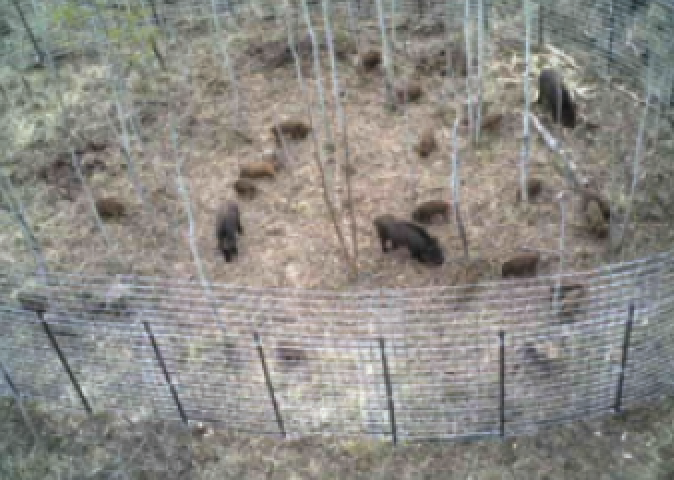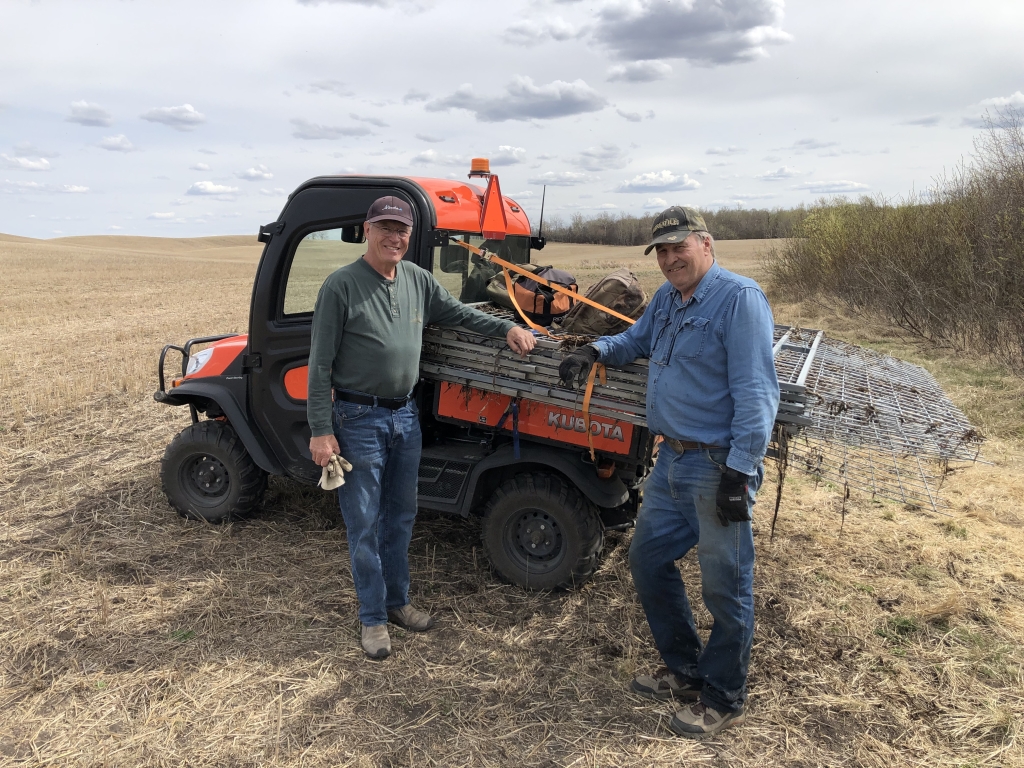A ripple in Quebec was working its way across the country when the leadership at Alberta Pork gathered members for their Annual General Meeting in Calgary on November 24.
Chair Brent Moen said a few days before the meeting that he could not yet comment on any impact the abrupt closure of Olymel’s Saint-Hyacinthe plant would have on the rest of the industry.
In an official statement made public on November 17, Yanick Gervais, president and CEO of Olymel cited labour shortages stemming from the COVID-19 pandemic and market uncertainties as key factors in the decision to close the plant.
“The decision ties in with the restructuring of the fresh pork sector and stems from a months-long analysis that concluded today,” said Gervais.
The processing plant’s 107 active employees were given 12-weeks of notice and offered an opportunity to relocate and work at other Olymel plants.
Prior to the announcement and in conversation with Prairie Hog Country, Moen discussed labour shortages as a difficult issue facing the entire industry. The necessary work ethic is lacking among many of Canada’s youth, said Moen.
“The reality is that a lot of people just don’t want to work anymore. It’s something that is really impacting a lot of our producers and our packers,” he said.
That’s one area where Alberta Pork will help seek solutions in its pursuit of an improved business environment for the industry, based on three key elements: Revenue, expense and image.
Revenue-wise, hog prices are up 10 to 12 per cent and the future markets indicate that they will stay strong in the foreseeable future, said Moen. Feed costs have softened somewhat with an excellent grain crop this year, but costs overall have continued to put pressure on profit margins, and the Quebec pricing model that western producers had viewed with envy has shown its flaws. Quebec producers have had to share in the losses at their processing plants, with the result that they are now seeing some of the lowest hog prices in the country, while Alberta is among the highest, he said.
Assisting those strong prices is potential for pricing transparency among the federally-inspected plants in the west, said AP’s executive director, Darcy Fitzgerald. Through the regulations attached to the province’s Marketing of Agricultural Products Act, Alberta Pork has gained approval to collect settlement data from those processers. Work is still underway, with an expectation for a pricing tool to be rolled out that will provide producers with more transparency from the packers in 2023, said Fitzgerald.
He also announced within his report news that a long-term task has borne fruit with the establishment of the Pork Promotion and Research Agency, to be funded through a levy on imported pork products. Monies collected through the PPRA will support promotion of Canadian pork to domestic consumers as well as swine industry research projects, he said.
African Swine Fever continues as a major threat to the industry, with a concerted effort from industry partners across the country bolstered by a cash injection exceeding $45 million announced in August.
Within that offer, the federal government announced in mid-November that $23.4 million in grants would be made available to eligible organizations under the federal African Swine Fever Industry Preparedness Program.
There has also been improvement in the federal compensation package available to producers in the event of an outbreak, said Moen. While work continues on zoning and compartmentalization to buffer the blow across the country, those areas that are affected will need at least two years to return to normal after a shut-down, he said.
Charlotte Shipp, AP’s industry programs manager, said efforts continue to get control of the invasion of feral pigs that poses a strong threat of spreading ASF if the virus works its way onto the continent.
As of November 15th, no feral pigs or sounders had been captured under the bounty programs offered within three Alberta counties, said Shipp.
However, she reports that three contractors working for AP have so far rounded up a total of 269 pigs in 25 different captures. The captures ranged in size from one to 34 animals, she said. One animal was collared and released in hope that it would lead the contractors to other feral pigs roaming the countryside.


Another factor affecting the industry’s profit margins is the cost of social license. The element of image is one that would be ignored at great peril, said Moen. The pork industry is under continual scrutiny on practices around animal welfare and noxious emissions from fertilizing crops.
It is still too early to determine the impact of California Proposition 12, which would prohibit entry into the state of any pigs or pork products that do not meet its animal welfare standards. The California standards far exceed the guidelines in Canada’s Code of Practice for the care and handling of pigs, said Moen. California’s proposed legislation is now under review before the US Supreme Court with a ruling anticipated in early 2023, said Moen.
Canadian producers are also under increasing pressure from the US and Brazil, who want to break into the lucrative Japanese market. Canada has enjoyed premium pricing from pork exported to Japan, said Moen. But competitors are seeking means of meeting the same high standards in colour and flavour that Japanese buyers expect from Canadian producers.
Alberta Pork’s Annual Report, released on the day of the AGM, will provide details of programs and initiatives as described by Moen and Fitzgerald. •
— By Brenda Kossowan





